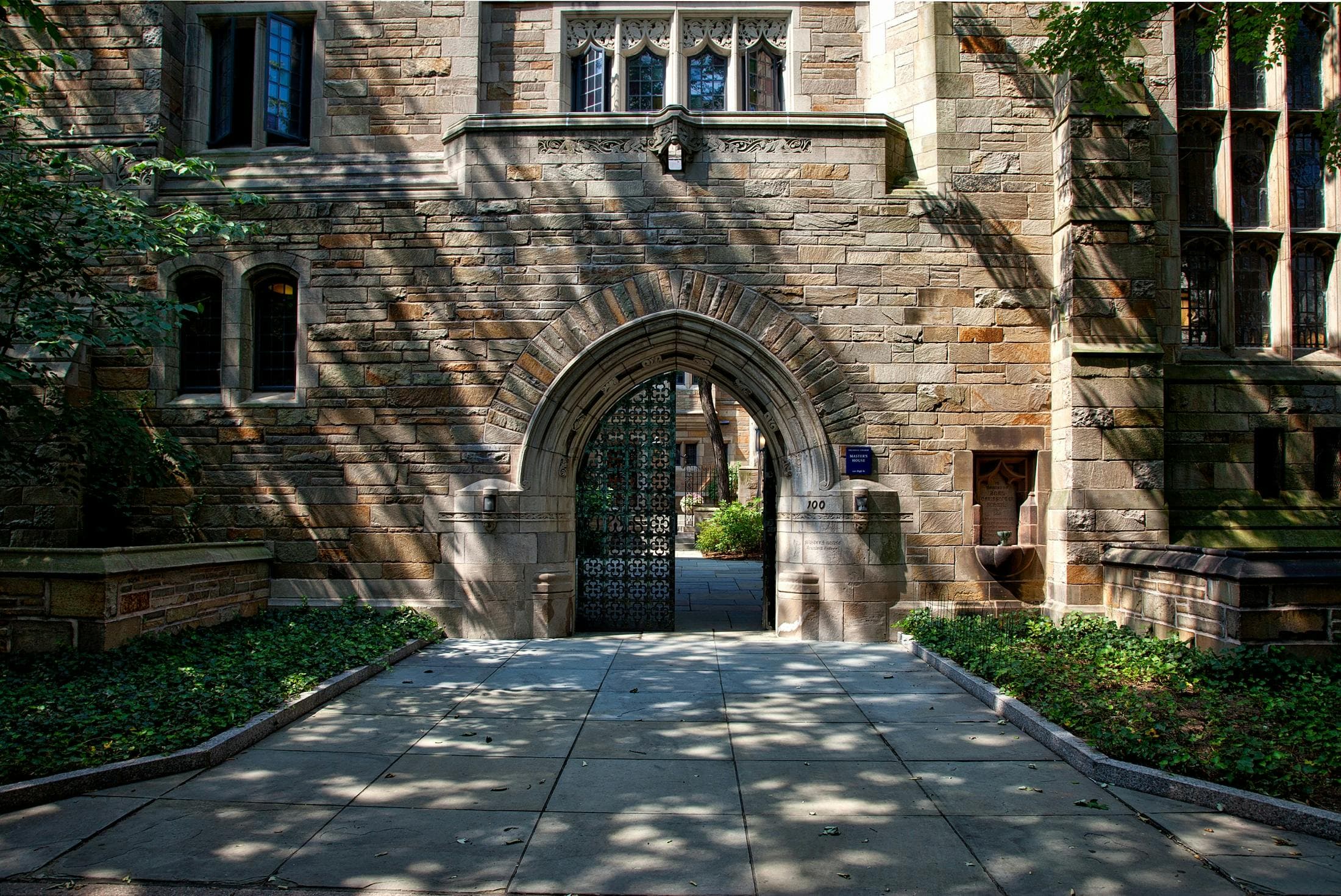
5 Weak Spots that Hurt College Admissions: 11th Grade
Junior year (11th grade) is critical to college planning success. Eliminate 5 weak spots our college admissions counselors see regularly and plan your way to acceptance at an Ivy League or other top tier college.

Photo by Ivan Samkov
Junior year (11th grade) is when most students get serious about college planning. Even so, many make five key mistakes in their journey, especially if their goal is an elite university like the Ivy Leagues or Top 25 schools. We break down these mistakes so you can avoid them, and give clear guidance on what to do instead.
One: Overlooking the Importance of Depth
The words “well-rounded” were once the gold standard of college admissions. Today, the keyword is “depth.” Elite universities in particular want to see students choose an area of interest and explore it deeply. Unfortunately, students often engage in too many unrelated activities without focusing on depth in areas connected to their future goals.Students should begin thinking in 9th and 10th grade about how their extracurriculars, leadership, and academic work can be connected. By 11th and 12th grade, they will have a fully developed application theme that makes them stand out at top-tier colleges.
11th grade is the time to combine your chosen activities and academic goals to build a narrative of depth for your college application. This looks like showcasing localized research, volunteer work, and leadership in one field.
Here’s an example of what that could look like for a student interested in Public Health or Medicine.
- Research: Conducts a project on healthcare access disparities in their local community, analyzing data on clinic availability or insurance coverage.
- Volunteer Work: Works at a free medical clinic or organizes health awareness campaigns at school.
- Leadership: Creates a school-wide mental health awareness initiative or starts a club advocating for better nutrition policies in the cafeteria.
- School Work: The student is in the most advanced STEM courses available to them.
Why This Works: This student doesn’t just say they’re interested in medicine—they’ve engaged in it from multiple angles, making them a strong candidate for pre-med programs.
Two: Skipping Advocacy or Information Sharing
In an age when social media has made bragging socially acceptable, it might seem odd that one of the biggest mistakes we see students making is not sharing their work. Of course, we’re not talking about a humble brag TikTok. Instead, students should publish or share their work in a meaningful way. For research projects, this could look like working with a qualified mentor and publishing your work in a journal or educational platform. But this can also be writing an op-ed for the school or local newspaper, creating a blog (or a blog series journaling the process and results), or entering competitions (great for things like robotics, creative writing, coding, etc.). You’re looking to have tangible proof of the work you’ve done, the connections you’ve made, and the results you’ve achieved.

Three: Procrastinating Test Prep
Junior year can be a lot of test taking. ACT, SAT, AP Exams, and for New York students, Regents Exams, add up to a lot of standardized tests. Particularly for the ACT and SAT, however, not starting test prep early can lead to rushed attempts to improve scores later. This means more stress and less guarantee that you’ll reach the scores you need to get into elite universities.
We recommend starting ACT/SAT prep your sophomore year, but if you’re already past that, the sooner you get started, the better. Use a diagnostic exam to see where you fall “naturally,” then use an intensive program or one-on-one tutoring to get your scores up.
Another reason to start your ACT/SAT prep early? You can take either test three times between June of your sophomore year and January of your Junior year and then move on to AP Exams. This allows you to be strategic and set the pace, rather than having all of the tests pile up at the same time.

Photo by David Schultz on Unsplash
Four: Weak College Exploration
Many 11th graders don’t take a strategic approach to researching colleges and majors. Instead they:
- Delay serious research until senior year, leaving little time to craft a strong application strategy.
- Pick colleges based on reputation or rankings rather than identifying which programs align best with their strengths.
- Default to common, highly competitive majors (like Computer Science, Pre-Med, or Business) without considering less competitive but equally strong alternatives.
- Ignore how universities are structured, leading to mismatched applications (e.g., applying to a business school when their experience is a better fit for an economics program in Arts & Sciences).
The result? Many students apply to overly competitive majors, struggle to articulate why they chose a specific school, and miss out on better-fit programs that could have increased their chances of admission.
So what should you do? A deep dive into schools. Start with the ones that intrigue you the most, but don’t be surprised if another institution ends up being a better fit for you. Here’s a high-level overview of what to look at.
- Research College Structures & Departments. Many universities have multiple schools within them, and choosing the right one can make a major difference in admissions competitiveness. For instance, a student interested in business might have a better chance applying to Economics in the College of Arts & Sciences than trying to enter a highly competitive Business School.
- Identify “Strategic Alternative Majors”. Certain majors receive an overwhelming number of applications, making them harder to get into. However, closely related alternatives can still lead to the same career path. For example, instead of Computer Science (one of the most competitive majors), apply for Data Science, Information Systems, or Applied Math.
- Research How Schools View Applications. Each college weighs applications differently—some prioritize research, others look for leadership, and some focus heavily on test scores. For example, liberal arts colleges (e.g., Williams, Amherst) value academic curiosity and interdisciplinary engagement more than just high test scores.
- Plan College Visits & “Demonstrated Interest” Strategies. Some colleges track interest—meaning students who visit campus, contact admissions, or attend virtual events may get an advantage in admissions. For instance, a student applying to Tufts or UChicago (which track interest) should attend online webinars, follow up with admissions officers, and engage with department-specific events.
- Compare Acceptance Rates Across Application Rounds (ED, EA, RD). Many top colleges offer higher acceptance rates in Early Decision (ED)—but ED is binding, so students need to be strategic. For example, Penn’s ED acceptance rate is nearly double its RD rate—making it a great ED option for a competitive applicant. MIT, Stanford, and the UCs, however, don’t have an ED boost, so students shouldn’t waste their ED opportunity there.
A well-researched, strategic college application = a stronger chance of admission. And 11th grade is the time to do this work.
Five: Unclear Academic Goals
If the first four steps didn’t make it obvious, having a clear prospective major is crucial for crafting a strong application narrative - and getting into your dream schools. At Ivy Tutors Network we use the PAGE acronym, a part of the Morganelli Method developed by our Director of College Admissions, John Morganelli, Jr. A former Director of Admissions at Cornell, John and our team use this acronym to guide students on their college admissions process and help them get into top tier schools.

Without a clear major, it is hard, if not impossible, for students to use the Morganelli Method, leading to:
- Applications that appear generic rather than focused.
- Uncompelling essays as students struggle to answer questions like “Why This Major?” or “Why This College?”.
- Extracurriculars that seem disconnected, making it hard to demonstrate depth.
- Application to overly competitive majors by default, weakening their chances of admission.
By having a clear major in mind, however, students can:
- Craft a cohesive application story that connects academics, extracurriculars, and career goals.
- Choose the right colleges & departments, improving their acceptance odds.
- Write stronger essays, making a clear case for why they’re a great fit for a specific program.
So much about the college application process is a journey of self-discovery - what are your strengths and interests - but that doesn’t mean that it can’t be done strategically. Throughout this blog series, we’ve highlighted the steps that all students can and should take if their goal is to be admitted to a top tier college. Use the information in this and the 9th and 10th grade blogs to set your high school experience up for success.
Looking for even more support? Ivy Tutors Network offers college admissions consulting, research mentorships, and proven SAT prep (and ACT, AP, and Regents prep) to ensure you succeed academically and showcase your achievements effectively. Set up a free consultation to get started.




